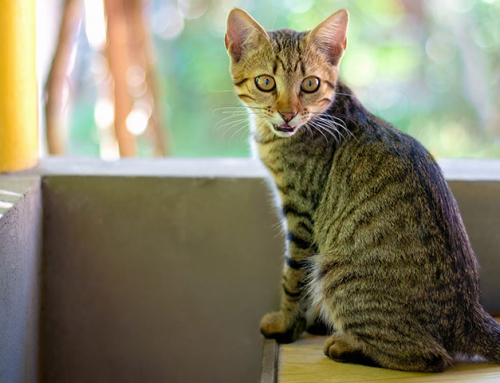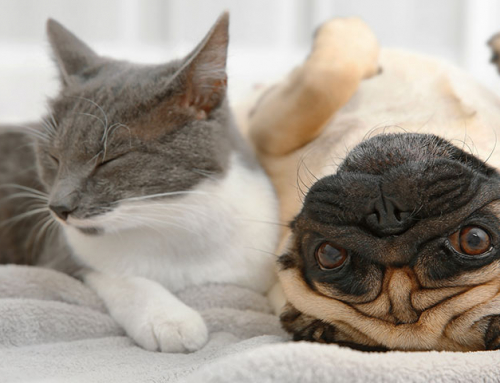A blood glucose meter kit is designed to give the user everything needed to begin immediate blood glucose testing. The starter kits have a meter, a lancing device, lancets, test strips, instructions and the little noticed bottle of control solution. Folks usually get the starter kit and are so nervous and excited to check Fluffy’s glucose level that they jump right to using Fluffy’s blood. A few folks use the control solution when they first get the kit, then stick it in the box to be forevermore ignored. I know how you are – I’m like that, too! I do typically read the instructional manual when I get a new toy or device, but lots of people don’t.
Today’s newsletter is dedicated to the forgotten part of the kit – the glucose control solution.
What is in the glucose control solution? This varies from brand to brand, but typically it is sugar water, glycerol, and a little bit of dye so we can see the solution.
How long does it last? This, too, varies from brand to brand. Typically there will be an expiration date on the bottle, but once it is opened you should use it within one to 3 months (it will be listed on the product).
When do I use the control solution? If you are first getting your pet glucose meter, give Fluffy a break and practice your technique with the glucose control solution. Each meter is a smidge different, so have the “order” of events clear in your head before you poke your sweetie. You need to know that it is coded correctly for the species of pet you are testing. Whenever you get a new vial of test strips you should forfeit a strip to a glucose control solution test. It doesn’t happen very often, but any company can potentially manufacture a bad batch of test strips. We use these glucose readings to make important choices for our pets’ insulin requirements. Think of it as sacrificing one test strip to quality control, ensuring that the next 49 tests are precise. As a veterinarian, I do quality control on my in-house lab machine and in-house glucose meter all the time. I periodically have an ill pet in the hospital for which I’ll run a chemistry profile (to get started with fluid therapy, knowing the electrolyte status of a pet) and additionally send a full profile (cbc/chemistry/urinalysis/etc.) to an outside reference lab. Whenever I do this I make a point of comparing my in-hospital lab results to those from the fancier lab machines at the outside reference lab. This is called “quality control”.
When else might you use the control solution? If you are getting unexpected readings it would be a great time to check the meter. If you drop the meter or get it wet (i.e. who hasn’t dropped a cell phone in the potty), you might test it with the control solution. If you have a pet-sitter coming to watch Fluffy and are teaching them how to care for your diabetic pet, Fluffy would sure appreciate him or her learning how to use the meter with control solution before practicing on a real live critter.
As always, I enjoy hearing from our readers and clients. You can email me at [email protected]. I get a lot of our article topics from questions by readers.
NOTE: Consult your veterinarian first to make sure my recommendations fit your pets special health needs.






Leave A Comment